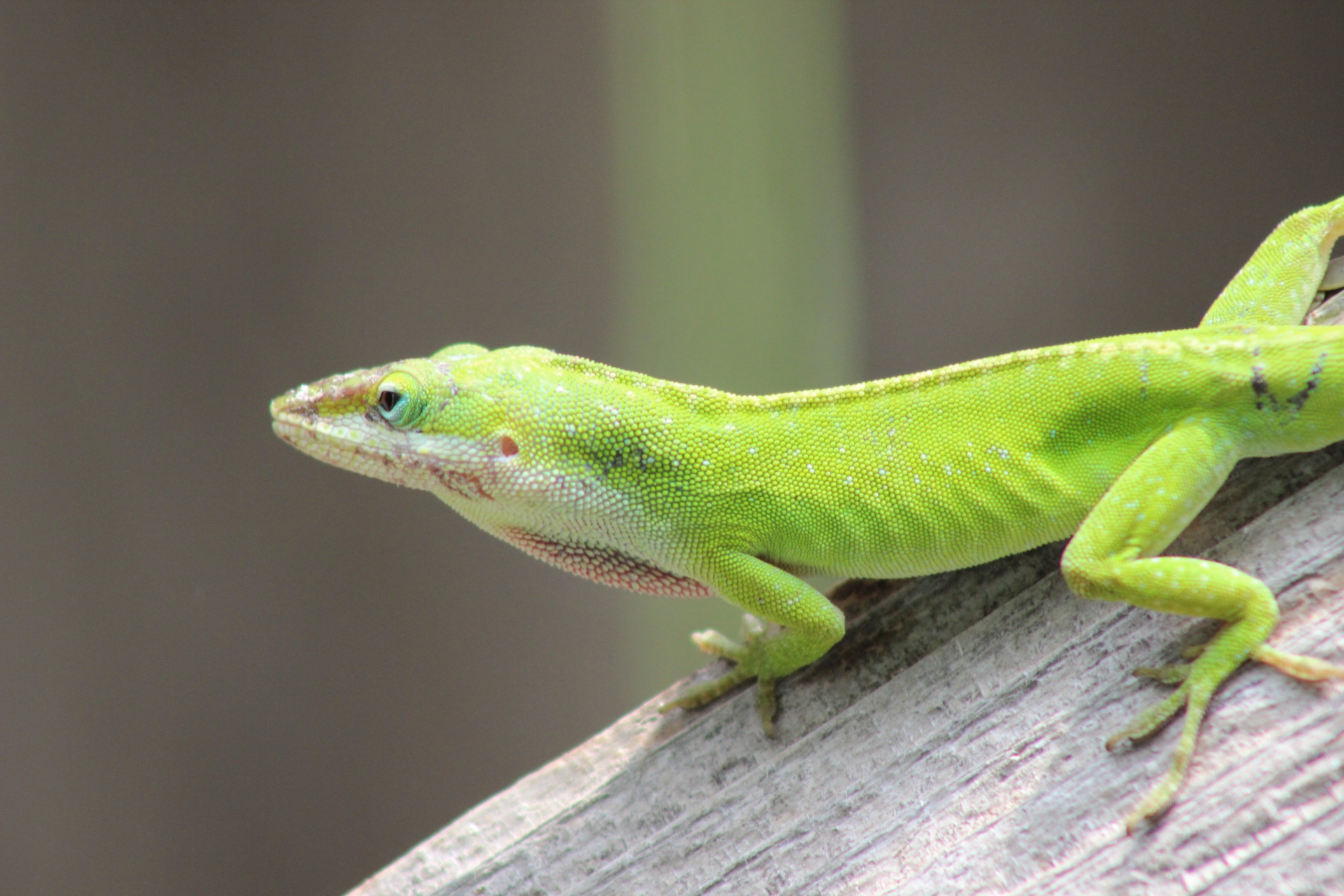
Fire Skink Care: A Comprehensive Guide for Lizard Lovers
If you’re a lizard lover, it’s hard to resist the charm of a fire skink. These vibrant reptiles are known for their stunning colors and unique personalities. But like any pet, fire skinks require proper care and attention for their overall well-being. In this article, we will provide you a comprehensive guide for fire skink care, covering everything from their enclosure setup to their diet and health requirements.
Setting up the Perfect Enclosure
1. Size: Fire skinks require ample space to roam and explore. A 40-gallon tank is a good starting point for a single skink, but feel free to provide a larger enclosure if possible.
2. Substrate: Use a substrate that retains moisture well, such as cypress mulch or coconut coir. This will help to mimic their natural habitat and maintain the appropriate humidity levels.
3. Hiding Spots: Provide plenty of hiding spots by incorporating various structures like logs, rocks, and artificial plants. This will allow your skink to feel secure and reduce stress.
4. Temperature and Lighting: Maintain a temperature gradient in the tank, with a basking spot at one end heated to around 90-95°F (32-35°C) and a cooler side at 75-80°F (24-27°C). Use a full-spectrum UVB light to meet their lighting requirements.
5. Humidity: Fire skinks need relatively high humidity levels between 70-80%. Use a hygrometer to monitor and mist the tank regularly to maintain the desired humidity.
Feeding and Nutrition
1. Diet: Fire skinks are insectivorous, which means their diet should primarily consist of live insects like crickets, mealworms, roaches, and waxworms. Offer a variety of prey to ensure a well-rounded diet.
2. Supplementation: Dust the insects with a calcium and vitamin D3 supplement at least twice a week. This will help prevent any deficiencies and maintain good bone health.
3. Feeding Schedule: Feed your fire skink every two to three days, providing an amount of food they can consume in about 10-15 minutes. Remove any uneaten prey to avoid attracting pests and maintain clean surroundings.
General Care Tips
1. Handling: Fire skinks are primarily a display species and may not tolerate handling well. Minimize handling to reduce stress, but if necessary, be gentle and ensure proper support.
2. Water Source: Provide a shallow water dish for drinking and soaking, making sure it is kept clean and refreshed regularly.
3. Regular Cleaning: Spot clean the enclosure daily, removing any feces and uneaten food. Perform a deep clean of the enclosure once a month by replacing all the substrate and disinfecting the tank.
4. Health Checkups: Regularly monitor your skink for any signs of illness or abnormalities. If you notice anything unusual, such as appetite loss, lethargy, or skin lesions, consult a reptile veterinarian promptly.
5. Environmental Enrichment: Add some foliage and decor to the tank to provide mental stimulation and natural hiding opportunities for your fire skink.
By following these care guidelines, you can ensure that your fire skink thrives in its captive environment. Remember, each skink is unique, so observe their behavior and make adjustments to their care accordingly. With patience and dedication, you’ll enjoy a vibrant and healthy fire skink companion for years to come!
Keep Reading

Anole Care Sheet: Essential Tips for Keeping Your Lizard Healthy
Are you considering getting an anole lizard as a pet? This comprehensive care sheet will guide you through the essentials of providing your anole with a happy and healthy life.

Bearded Dragon Maintenance: A Comprehensive Guide for Lizard Care
Bearded dragons are fascinating reptiles that make great pets. However, proper bearded dragon maintenance is essential to ensure their health and well-being.